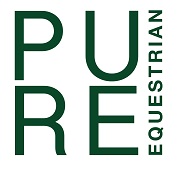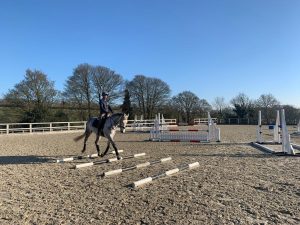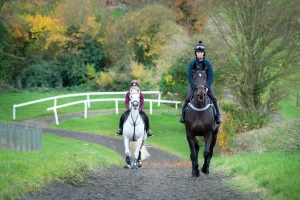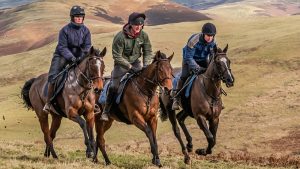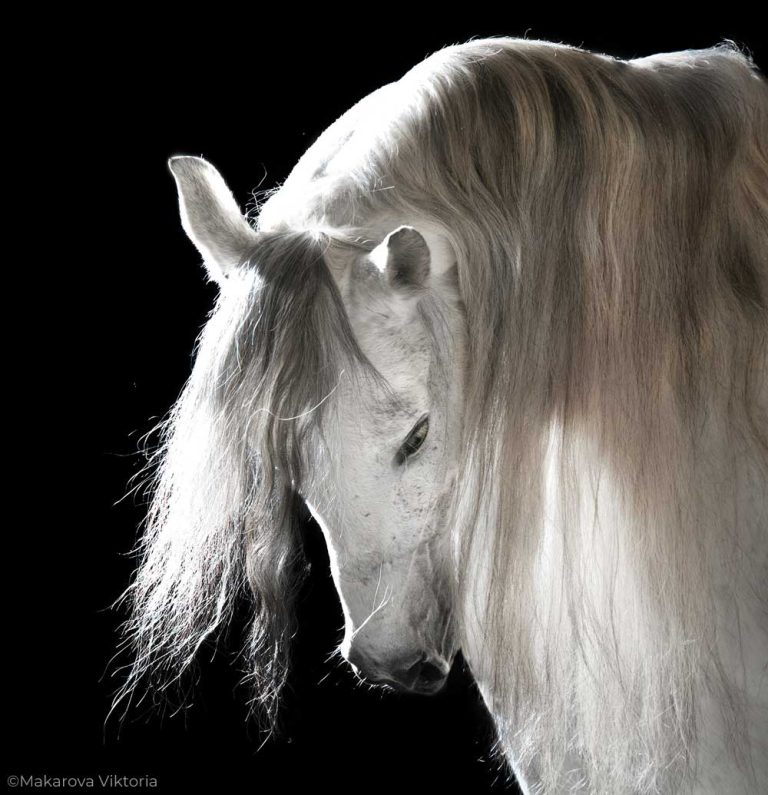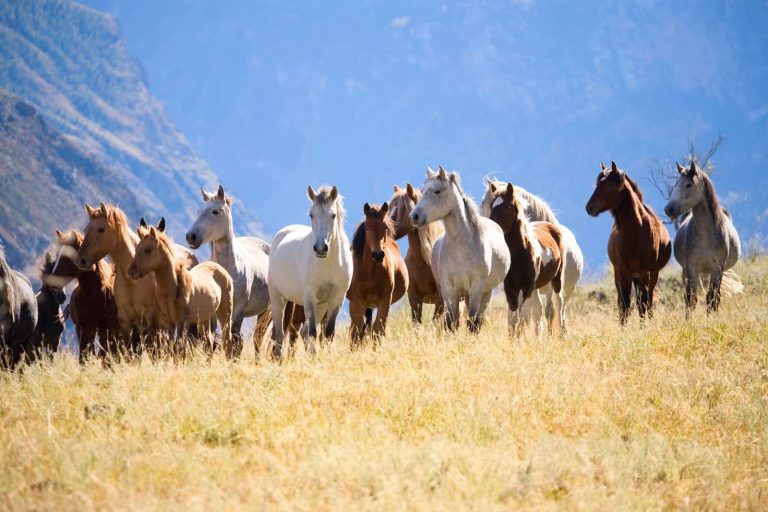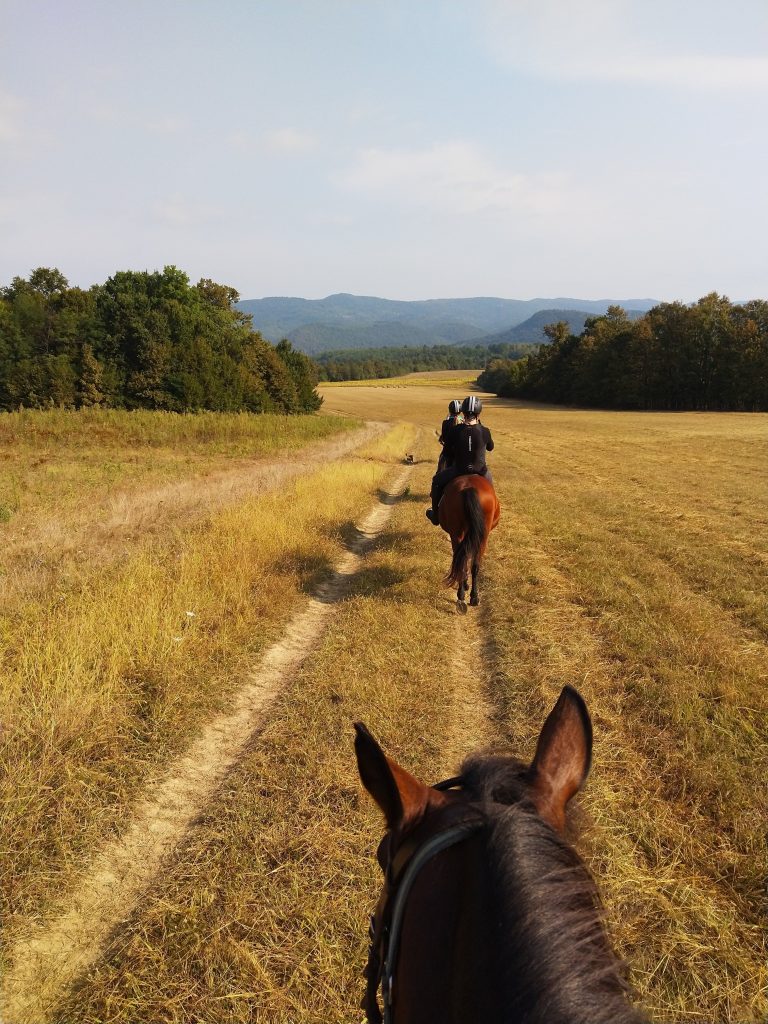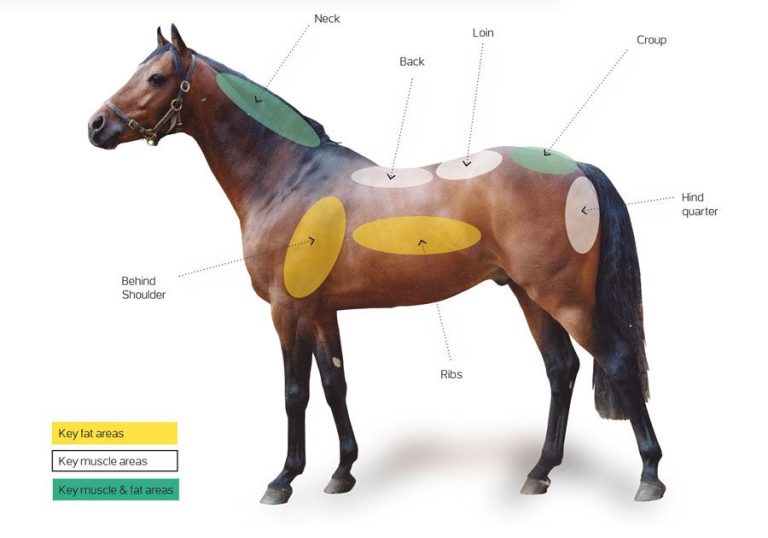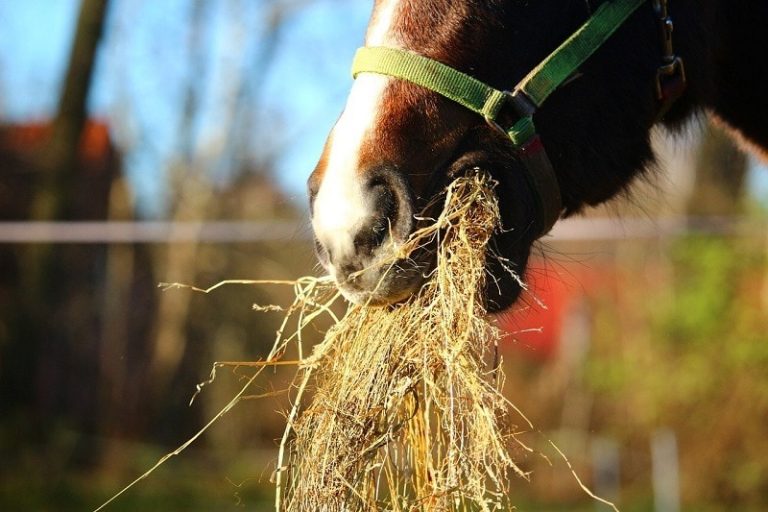Maintaining the fitness of a showjumping horse is crucial for their performance in this exhilarating sport. With their incredible athleticism and grace, showjumping horses need to be in peak physical condition to navigate the demanding courses and clear those soaring jumps. From a tailored exercise regimen to a balanced diet and regular veterinary check-ups, this article will explore the key factors that contribute to the overall fitness of these majestic creatures. So, saddle up and let’s discover the secrets behind keeping a showjumping horse in tip-top shape!
Table of Contents
ToggleExercise and Training
Regular exercise routine
Maintaining the fitness of a showjumping horse requires a regular exercise routine. Consistency is key in building and maintaining the necessary strength, endurance, and agility needed to perform at the highest level. It is important to establish a schedule that includes both physical and mental workouts for your horse.
Jumping training
One of the fundamental aspects of showjumping training is jump work. Regular jumping exercises help improve the horse’s technique, balance, and confidence when approaching obstacles. Start with low jumps and gradually increase the height and complexity of the jumps as your horse progresses. It is crucial to ensure that your horse receives proper training and guidance from a knowledgeable instructor to avoid any injuries.
Cavaletti work
In addition to jumping, incorporating cavaletti work in your horse’s training can greatly benefit their fitness. Cavaletti are low obstacles that require the horse to lift their legs higher and engage their core muscles while maintaining rhythm and balance. This type of training helps to develop the horse’s strength, coordination, and flexibility, all of which are essential for successful showjumping.
Interval training
Interval training involves alternating between periods of high-intensity exercise and periods of rest or lower intensity exercise. This type of training can enhance cardiovascular fitness, improve muscle stamina, and increase the horse’s overall endurance. Incorporating interval training into your horse’s routine can help simulate the physical demands of a showjumping course, where bursts of speed and energy are required.
Cross-training
To maintain a well-rounded fitness level, it is essential to engage in cross-training activities. This involves incorporating different forms of exercise, such as flatwork, hacking, or even light gallop sessions. Cross-training helps prevent boredom and monotony while targeting different muscle groups and improving overall fitness. It also enhances the horse’s adaptability and versatility, allowing them to excel in various disciplines.
Fitness monitoring
To ensure the effectiveness of your horse’s training programme, it is crucial to monitor their fitness levels regularly. This can be done through various methods, including regular fitness testing, monitoring weight and body condition, and utilising fitness trackers. By closely tracking your horse’s progress, you can make adjustments to the training programme as needed and ensure that they are progressing towards their fitness goals.
Proper Nutrition
Balanced diet
Proper nutrition is vital for maintaining the health and performance of showjumping horses. A balanced diet consisting of high-quality forage, such as hay or pasture, should form the foundation of their nutrition. This should be supplemented with a concentrated feed that is formulated specifically for their needs, providing essential vitamins, minerals, and energy. It’s important to work with a professional equine nutritionist to determine the precise dietary requirements for your horse based on their age, weight, and activity level.
High-quality forage
Forage, such as hay or pasture, should make up the majority of a showjumping horse’s diet. It provides essential fibre, which aids in proper digestion and helps prevent issues such as colic. The forage should be of high quality, free from mould or dust, and offered in sufficient amounts throughout the day. If pasture is not available or is limited, providing good-quality hay is crucial to ensuring the horse receives the necessary nutritional requirements.
Supplements
Supplements can be a valuable addition to a showjumping horse’s diet, but should only be used when necessary and under the guidance of a veterinarian or equine nutritionist. Common supplements for showjumping horses may include joint supplements to promote joint health and reduce the risk of injuries, omega-3 fatty acids for a healthy coat and skin, and antioxidants for overall immune support. It is important to select high-quality supplements from reputable manufacturers to ensure their safety and efficacy.
Electrolyte maintenance
During intense exercise and hot weather conditions, horses can lose significant amounts of electrolytes through sweat. Electrolytes play a vital role in maintaining proper hydration and muscle function. It is essential to provide electrolyte supplementation to replace these lost minerals and maintain the horse’s overall health and performance. Electrolyte supplements can be administered orally or mixed with the horse’s feed according to the manufacturer’s instructions.
Healthcare and Veterinary Support
Regular veterinary check-ups
To maintain the overall health and well-being of a showjumping horse, regular veterinary check-ups are essential. These check-ups should include a thorough examination of the horse’s body condition, dental health, and joint function. It also provides an opportunity to discuss any concerns or issues that may arise during training or competition. Regular veterinary visits help identify and address any potential health problems early on, ensuring that the horse remains in optimal condition.
Vaccinations and deworming
Routine vaccinations and deworming are vital components of a showjumping horse’s healthcare programme. Vaccinations protect against diseases such as equine influenza, tetanus, and rabies, which can pose significant health risks. Deworming helps control internal parasites, which can negatively impact the horse’s overall health and performance. The specific vaccination and deworming schedule should be developed in consultation with your veterinarian based on your horse’s individual needs and the regional disease risks.
Dental care
Regular dental care is crucial for maintaining proper chewing and digestion, as well as maximising bit comfort. Showjumping horses require periodic dental examinations and routine floating (the smoothing of sharp tooth edges) to prevent the development of painful dental abnormalities, such as sharp points or uneven wear. Proper dental care ensures that the horse is comfortable and able to effectively respond to the rider’s aids during training and competition.
Joint health
The repetitive nature of showjumping can place significant stress on a horse’s joints, making joint health a top priority. Regular joint assessments and preventative measures, such as joint supplements or joint injections, can help maintain healthy joints and reduce the risk of injuries or degenerative conditions. Working closely with your veterinarian and implementing a joint support programme tailored to your horse’s needs is crucial for long-term soundness and performance.
Preventive measures
Preventing potential health issues is always easier and more cost-effective than treating them. Incorporating preventive measures into your horse’s care routine can significantly contribute to their overall health and well-being. These measures may include regular exercise to maintain muscle strength, implementing a fly control programme to prevent insect-borne diseases, and providing a clean and hygienic environment to reduce the risk of infections. Additionally, practicing good biosecurity measures can help prevent the spread of contagious diseases within the equine community.
Proper Rest and Recovery
Adequate turnout
Proper rest and recovery are vital for a showjumping horse’s physical and mental well-being. Allowing your horse ample turnout time in a safe and spacious paddock or pasture promotes natural movement, social interactions with other horses, and mental relaxation. Turnout provides an opportunity for the horse to stretch their legs, graze, roll, and engage in other natural behaviours that contribute to their overall happiness and contentment.
Stall rest
There may be times when a showjumping horse requires stall rest due to an injury or specific training requirements. During stall rest, it is important to provide a clean and comfortable environment that minimises stress and promotes healing. Substantial bedding, regular mucking, and access to fresh water contribute to the horse’s well-being. Engaging the horse’s mind through interactive toys or slow-feeders can help alleviate boredom and prevent potential behavioural issues associated with prolonged confinement.
Importance of rest days
Showjumping horses, like any athlete, benefit from regular rest days in their training schedule. Rest days allow the horse’s muscles to recover and repair, reducing the risk of overuse injuries and muscle fatigue. It is important to plan rest days strategically, allowing the horse time to relax, unwind, and enjoy turnout or light exercise. Rest days should be incorporated into the training programme to ensure the horse’s long-term physical and mental well-being.
Massage therapy
Massage therapy can be a valuable tool in promoting muscle relaxation, relieving tension, and enhancing a showjumping horse’s overall well-being. Professional equine massage therapists can assess the horse’s muscle condition and provide targeted massage techniques to address any specific areas of tightness or discomfort. Regular massage sessions can help prevent muscle imbalances and injuries, as well as improve overall performance and flexibility.
Cold and heat therapy
Cold and heat therapy are commonly used modalities to aid in injury prevention and recovery for showjumping horses. Cold therapy, such as the application of cold water or ice packs, can help reduce inflammation and swelling in case of acute injuries or after intense training sessions. Heat therapy, such as warm compresses or heating pads, can help relax muscles, increase blood flow, and promote healing. These therapeutic techniques should be used under professional guidance to avoid any adverse effects.
Conditioning Exercises
Hill work
Incorporating hill work into a showjumping horse’s exercise routine can greatly enhance their overall fitness and strength. Working uphill challenges the horse’s cardiovascular system, builds muscle strength, and improves their ability to engage their hindquarters. Hill work can be accomplished through both ridden exercises and lunging sessions. Gradually increase the intensity and duration of hill work over time, ensuring that the horse is properly warmed up and cooled down for each session.
Pole exercises
Pole exercises are valuable tools for improving the horse’s coordination, balance, and jumping technique. Incorporating various pole exercises into the training programme helps the horse develop their athleticism, adjust their stride length, and improve their rhythm. These exercises can be performed both on the ground and while ridden, offering versatile training opportunities. Always start with simple exercises and gradually increase the difficulty as the horse progresses in their training.
Lunging
Lunging is a valuable conditioning exercise that allows the horse to move freely in a controlled environment. It helps build strength, stamina, and suppleness by encouraging the horse to engage their muscles and work in a balanced manner. Lunging exercises can be performed both with and without the addition of side reins or a lunging cavesson. It is important to maintain a consistent and relaxed contact with the horse, allowing them to stretch and move naturally.
Galloping sets
Galloping sets are an important aspect of conditioning for showjumping horses, simulating the cardiovascular demands of a competition course. These sets involve controlled, fast-paced gallops over longer distances to improve the horse’s speed, endurance, and mental focus. It is essential to gradually increase the intensity and duration of gallops, ensuring that the horse is properly warmed up and cooled down before and after each set. Galloping sets should be conducted on suitable surfaces to minimise the risk of strain or injury.
Swimming
Swimming is an excellent non-weight-bearing exercise for showjumping horses, providing a low-impact workout that strengthens muscles and increases cardiovascular fitness. It allows the horse to build strength and stamina without placing undue stress on their joints. Swimming can be particularly beneficial for horses recovering from injuries or those needing a break from traditional training methods. It is important to introduce swimming gradually and ensure the horse has proper supervision and guidance.
Monitoring Heart Rate and Fitness Levels
Use of fitness trackers
Fitness trackers designed specifically for horses can be valuable tools in monitoring heart rate and fitness levels. These devices can provide real-time data on the horse’s heart rate, allowing the rider or trainer to monitor intensity levels during exercise. By tracking heart rate, you can ensure that the horse is working within the appropriate training zones and avoid overexertion. Fitness trackers can also provide valuable insights into the horse’s recovery rate, helping to tailor the training programme to their individual needs.
Heart rate monitoring during exercise
Monitoring the horse’s heart rate during exercise is crucial for assessing their fitness level and intensity of training. Using a heart rate monitor, such as a chest strap or a specialised rein attachment, allows you to track the horse’s heart rate in real-time. By understanding the horse’s heart rate response to different exercises, you can adjust the duration and intensity of their training sessions to optimise their fitness and prevent overexertion.
Tracking recovery time
Monitoring the horse’s recovery time after exercise is an important aspect of assessing their fitness level and overall well-being. Recovery time refers to the period it takes for the horse’s heart rate to return to its resting state after a workout. By monitoring recovery time, you can gain insights into the horse’s cardiovascular fitness and their ability to efficiently recover from exertion. Longer recovery times may indicate the need for adjustment to the training programme or a potential health concern that requires attention.
Fitness testing protocols
Implementing periodic fitness testing protocols is a valuable tool in evaluating the horse’s progress and adjusting the training programme accordingly. These tests may include timed gallops, jumping courses, or other standardised exercises designed to challenge the horse’s physical abilities. By measuring performance metrics, such as speed, distance, or jumping height, you can track the horse’s improvement over time and identify any areas that may require additional focus or training.
Monitoring weight and body condition
Regularly monitoring the horse’s weight and body condition is essential for assessing their overall health and fitness. Adequate weight maintenance is crucial for optimal performance, as excess weight can strain joints and impair athletic abilities, while inadequate weight can lead to decreased endurance and muscle wastage. Through visual assessment, regular body condition scoring, and weight measurements, you can ensure that the horse’s diet and training programme are appropriately tailored to maintain their ideal body condition and fitness level.
Regular Body Conditioning
Muscle building exercises
Muscle building exercises are essential for showjumping horses to enable them to successfully navigate complex courses. Incorporating exercises that target specific muscle groups, such as shoulder-in, leg yields, or raised trot poles, can help build core strength, improve flexibility, and enhance the horse’s overall athleticism. Gradually increasing the difficulty and intensity of these exercises over time allows the horse’s muscles to adapt, grow, and support the physical demands of showjumping.
Stretching and flexibility
Maintaining flexibility is crucial for a showjumping horse’s range of motion and overall performance. Regular stretching exercises, such as carrot stretches or tail pulls, can help improve the horse’s flexibility, reduce the risk of muscle strains, and increase their ability to engage and extend their muscles during movements. These exercises should be performed gently and with caution to avoid any discomfort or injury to the horse.
Core strengthening
A strong core is essential for a showjumping horse’s balance, stability, and ability to effectively navigate jumps. Exercises that target the abdominal and back muscles, such as trotting poles or raised cavaletti work, can help develop and strengthen the horse’s core. By engaging these muscles, the horse can better support the rider’s weight and maintain balance throughout the various jumping phases.
Targeted exercises for showjumping
Tailoring exercises specifically for showjumping can greatly benefit a horse’s performance and success in the sport. Incorporating exercises that mimic the movements and challenges encountered in a showjumping course, such as tight turns, rollbacks, and combinations of jumps, can help the horse become more agile, responsive, and confident in their jumping abilities. These targeted exercises should be integrated gradually into the horse’s training programme to ensure their physical and mental readiness.
Balanced development
Achieving a balanced development of the horse’s muscles is crucial for their overall strength and soundness. Showjumping horses are often predisposed to developing stronger muscles on the forehand, leading to an imbalance that can affect their jumping form and overall performance. Incorporating exercises that focus on evenly developing the muscles throughout the body, such as lateral work, collection and extension exercises, and hill work, can help promote balance and prevent muscle imbalances.
